Pumpkins are not all the same; they each have unique needs when it comes to staying hydrated. For successful pumpkin growth and development, it is essential to know how often to water them and in what ways. This guide provides you with the essentials of how to properly water pumpkins so they can be healthy and happy during the growing season. With a few simple tips and tricks, you will be an expert in watering pumpkins and keeping them hydrated!
Health Benefits of Pumpkins

Pumpkins contain a good amount of potassium, which is important for controlling blood pressure levels. Furthermore, pumpkins are an excellent source of beta-carotene — an antioxidant that can help protect against cell damage. Pumpkin seed oil is also a popular dietary supplement that has been linked to improved cardiovascular health and anti-inflammatory effects.
Given the nutritional profile of pumpkins, they can be enjoyed in a variety of ways. From soups and salads to breads, pancakes, and even smoothies — the possibilities are endless! Additionally, pumpkin puree can be used as an alternative to butter or oil in baking recipes.
Pumpkins are a low-calorie food that provides many health benefits. They are a great source of fiber, vitamins, and minerals that can help improve overall health. From aiding in digestion to promoting heart health — enjoying pumpkins is a delicious way to get your daily dose of nutrition!
Potential Uses of Pumpkin Seeds
Pumpkin seeds are not only tasty, but they are incredibly nutritious as well! They are packed with several essential minerals like magnesium, iron, and phosphorus. Additionally, pumpkin seeds are a good source of protein — making them an ideal snack for those who are looking to increase their daily intake of this important nutrient.
Pumpkin seeds have also been known to provide numerous health benefits such as improved heart health, lowered cholesterol levels, and reduced inflammation. In addition, they can help boost the immune system due to their high levels of zinc and vitamin E.
Pumpkin seeds can be enjoyed in a variety of ways. They can be roasted, toasted, or even eaten raw as a snack. Additionally, they can be added to salads, soups, and oatmeal for a nutritional boost. Pumpkin seed oil is also available and has been linked to improved cardiovascular health — making it a great alternative to traditional cooking oils.
In conclusion, pumpkin seeds are an incredibly nutritious food that provides numerous health benefits. From lowering cholesterol levels and reducing inflammation to boosting the immune system — they are a delicious way to get your daily dose of nutrition!
Potential Uses in Skin Care
Pumpkins can also be used for skincare! The natural enzymes within pumpkins can help to exfoliate and soften the skin while providing antioxidant benefits. Additionally, the beta-carotene content in pumpkin is beneficial for reducing the appearance of wrinkles and preventing premature aging.
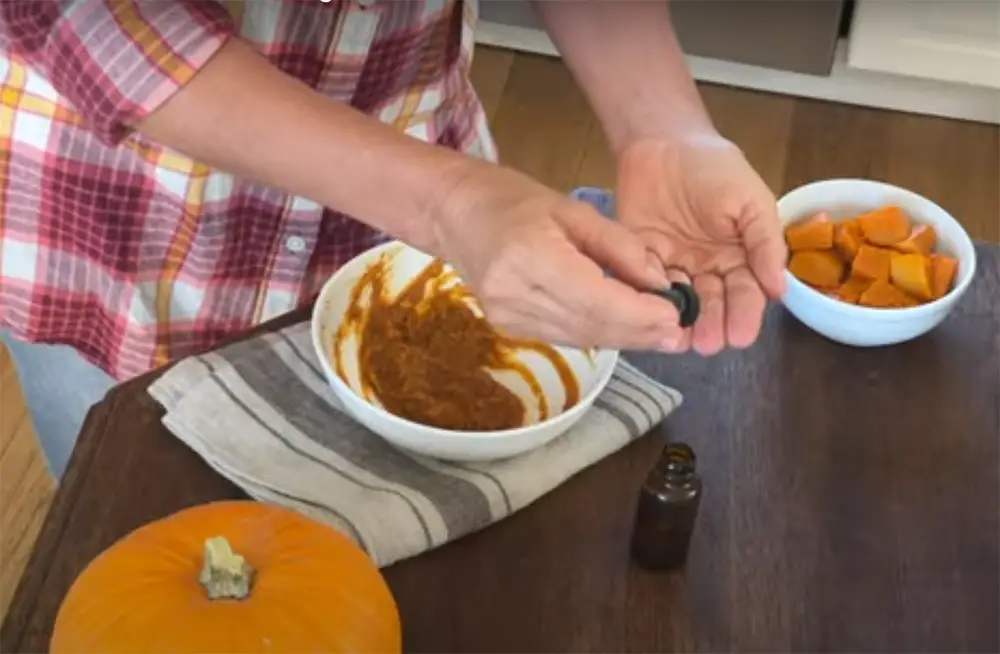
Pumpkin seed oil has also gained popularity within the beauty industry as a natural moisturizer. Its high fatty acid and vitamin E content helps to nourish the skin and improve its overall appearance. Furthermore, pumpkin seed oil has anti-inflammatory properties — making it ideal for use on acne-prone skin.
In conclusion, pumpkins are a nutritional powerhouse! They have numerous health benefits that can help support overall well-being, and they can also be used in the beauty industry for skin care purposes. From soups and salads to bread, pancakes, and pumpkin seed oil — enjoying pumpkins is a delicious way to get your daily dose of nutrition [1]!
About Pumpkins
When to Plant Pumpkins
To ensure successful growth, it is recommended to plant pumpkin plants in mid-to-late spring, following the last frost. The ideal timing for planting varies depending on your local climate and conditions but generally falls between April and early June. Before planting, it is crucial to ensure that the soil temperature is at least 60°F. If necessary, you can utilize black plastic mulch to aid in warming up the soil, creating a more favorable environment for pumpkin growth. Taking these measures will help set the stage for healthy and thriving pumpkin plants. When pumpkin plants are ready to be transplanted, they should be planted in hills. Plant one to five seeds per hill, and then thin to the strongest two or three plants.
How to Plant Pumpkins: Step-by-step guide
- Start by preparing the soil, which should have a pH level between 6 and 7. Till your soil to a depth of 10-12 inches and mix in organic compost or manure for best results.
- Plant pumpkin seeds 1 inch deep in hills that are 4 feet apart. If you wish, you can also plant two to three seeds on each hill and later thin out the weakest seedlings.
- Water your plants thoroughly after planting and keep the soil moist.
- As the plants grow, it may be beneficial to add a thick layer of mulch around them to help conserve moisture and reduce weed growth.
- Once vine growth is established (which can take up to five weeks), fertilize with an all-purpose fertilizer.
- As the plants continue to grow, provide support or training for the vine. This can be done with cages, slings, stakes, or by simply looping them around a trellis.
- As pumpkins begin to form, switch from an all-purpose fertilizer to one high in phosphorous and potassium (such as 10-10-10).
- Monitor the plants closely, weeding and providing additional water as needed.
- When pumpkins are the desired size and color, cut them from the vine using a sharp knife, leaving 1-2 inches of stem attached.
- Place them in a cool dry place to cure for at least two weeks before storing or using [2].
How to Grow a Bigger Pumpkin
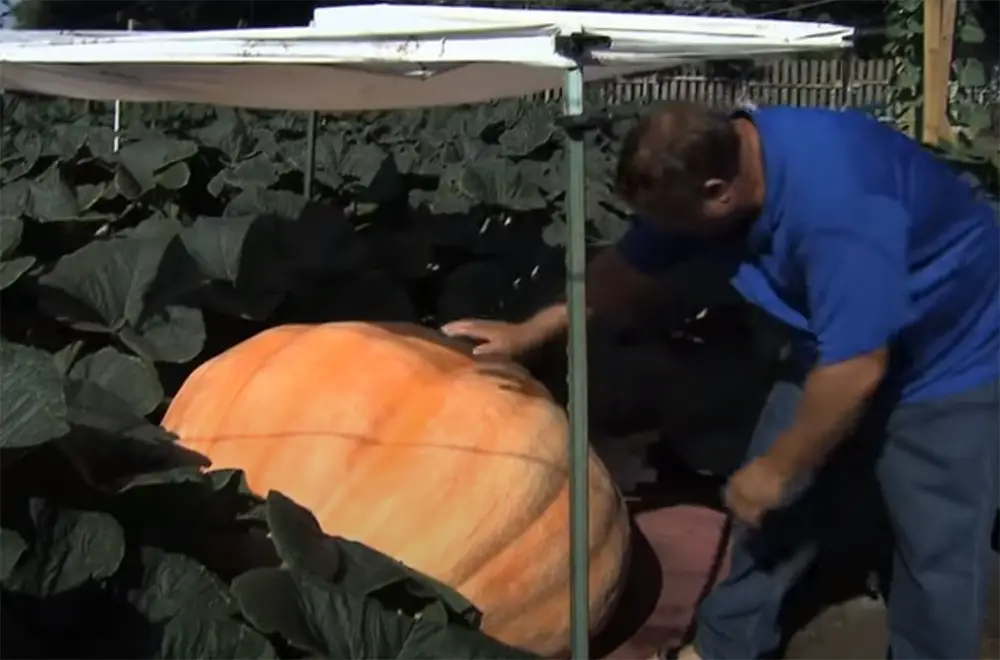
Additionally, removing weaker and diseased plants will help the remaining plants achieve maximum growth potential. Lastly, you can try a few extra techniques such as pruning off side-shoots and using pollination bags to increase pumpkin size. With proper care and attention, you can enjoy a bountiful harvest of bigger pumpkins!
Harvesting Pumpkins
When it’s time to harvest pumpkins, it’s important to take extra care. Pumpkins should always be cut from the vine using a sharp knife or pruning shears, leaving 1-2 inches of stem attached. After cutting, place them in a cool and dry area to cure for at least two weeks before storing or using. When pumpkins have been properly cured, their skin will be hard and dark. Store pumpkins in a cool, dry place for up to 6 months. Generally speaking, larger pumpkins have longer storage life; smaller varieties may only store for 1-2 months.
Caring for Pumpkin Plants
Once pumpkin plants are established, they require regular water and fertilizer to ensure healthy growth. Aim to keep the soil evenly moist by providing 1-2 inches of water per week during dry periods. Additionally, giving an all-purpose fertilizer every two weeks will help promote steady growth. As pumpkins form on the vine, switch from an all-purpose fertilizer to one high in phosphorus and potassium (10-10-10).
It is also important to provide support for the vine, such as cages, slings, stakes or trellises. This will help reduce damage caused by heavy pumpkin fruits and keep plants upright throughout the season. Lastly, diligent weeding and monitoring of the plants will help ensure healthy and productive pumpkin plants.
How Much Water Do Pumpkins Need?
Should You Water Pumpkins Every Day?
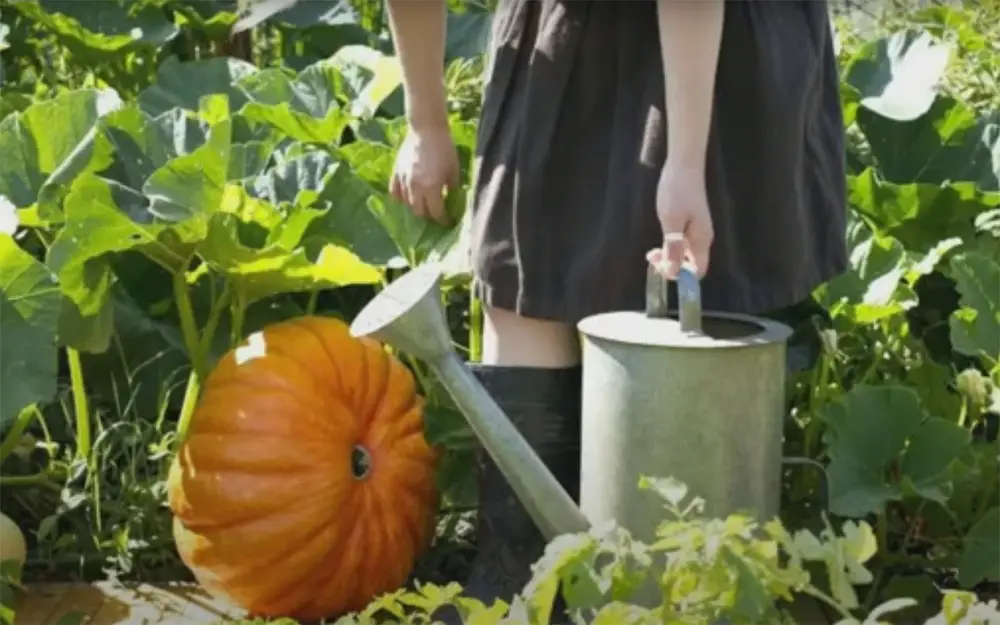
When it comes to watering pumpkins, how much, and how often is a question gardeners often ask. The answer depends on your local climate and soil conditions. Generally speaking, pumpkins need about 1 inch of water per week if you live in an area with medium rainfall. In areas with minimal or no rain, you may need to water the pumpkin vines more frequently.
One of the best ways to water pumpkins is to use a soaker hose or drip irrigation system. This method allows for the slow, steady release of water directly to the roots and helps prevent moisture loss due to evaporation. Remember that when watering your pumpkins, it’s important to keep the foliage as dry as possible since too much moisture can lead to disease.
If your area has heavy rainfall, you may not need to water your pumpkins at all. In this case, it’s a good idea to use mulch around the plants which will help retain moisture in the soil. Regardless of how much rain you get throughout the growing season, it’s important to check your pumpkin vines and their root systems regularly. If the soil is dry, it’s best to water deeply and consistently to ensure a healthy crop of pumpkins.
What if Pumpkin Plants are Overwatered?
Overwatering pumpkins can lead to a variety of issues, including root rot, fungal diseases, and nutrient deficiencies. If the soil is constantly wet, the plants’ roots are likely being deprived of oxygen which can cause them to die. Additionally, too much water can leach away essential nutrients from the soil which can stunt growth and reduce yields.
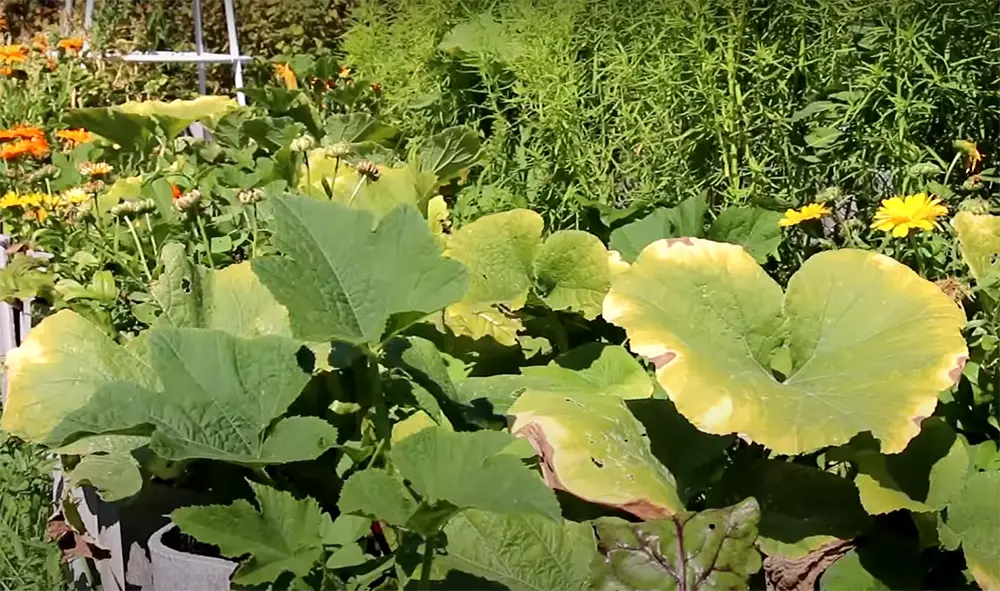
If you are unsure if your pumpkins need water, it is best to check the soil a few inches below the surface. If it’s dry and crumbly, then it might be time to give them a drink. Always water early in the morning so that the sun can help evaporate any excess moisture on the leaves before nightfall. This will help prevent diseases from developing.
And of course, be sure to use your best judgment when it comes to watering pumpkins. If the soil is moist and the plants are healthy, then you should be able to go without water for a few days or longer depending on the local climate. With proper care and monitoring, you can ensure that your pumpkins get just the right amount of water each week [3].
Maintaining Healthy Soil for Pumpkins
To improve the condition of your soil before planting pumpkins, it is important to incorporate organic matter such as composted manure or aged leaf mold into the soil. This will help make the soil more fertile and provide additional nutrients for the plants. It can also help increase the water-holding capacity of sandy soils and improve drainage in heavy clay soils.
To ensure your pumpkins are getting enough nutrients, you may want to consider applying a balanced fertilizer at the time of planting and again when the vines begin to run. This will help provide essential nutrients such as nitrogen, phosphorus, and potassium that can be lacking in some soils. Keep in mind that too much fertilizer can burn the roots of your pumpkins, so be sure to follow the directions on the package for proper application.
Finally, it is important to keep weeds under control to reduce competition for nutrients and water. Hand weeding or mulching around plants can help reduce weed growth and will also help retain moisture in the soil. With some simple steps, you can ensure your soil is in good condition and ready to produce a bumper crop of pumpkins!
Best Pumpkins’ Dishes
Pumpkin dishes are a favorite during the fall season, and there are so many recipes to choose from. Some of the best pumpkin dishes include:
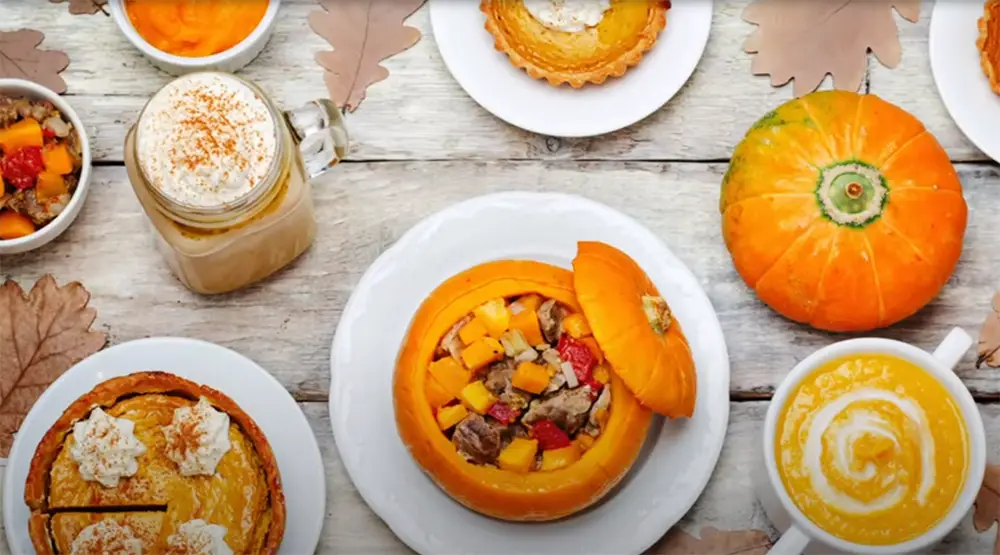
- Pumpkin Pie: This classic dessert is made with a buttery crust, and spiced pumpkin filling, and topped with whipped cream or ice cream. It’s sure to be a hit at any gathering!
- Pumpkin Soup: This creamy soup is perfect for a cold autumn day. Add whatever ingredients you like, from cream to apples and bacon for added flavor.
- Roasted Pumpkins Seeds: After carving your jack-o’-lanterns this Halloween, don’t throw away the seeds! Toss them with olive oil and spices like salt, pepper, and garlic powder for a delicious snack.
- Pumpkin Risotto: This creamy Italian dish is perfect for a cozy dinner. Use pumpkin puree, Parmesan cheese, and other ingredients of your choice to make it.
- Mashed Pumpkin: Mash together cubed pumpkin with butter, cream, nutmeg, cinnamon, and allspice for a comforting side dish.
- Pumpkin Bread: This moist and flavorful loaf is perfect for breakfast or as a snack. You can also get creative with the ingredients – add spices like ginger and nutmeg, nuts, dried fruit, or even chocolate chips!
- Pumpkin Spice Latte: Enjoy this seasonal favorite made with real pumpkin puree instead of artificial syrups. You can also make your own with almond or soy milk, pumpkin puree, and spices like cinnamon and nutmeg.
These are just a few of the many delicious recipes using pumpkins you can try out. With so much variety, there’s sure to be something for everyone to enjoy! Have fun experimenting and creating yummy dishes that will keep you warm and cozy throughout the season.
FAQ
Can pumpkins be overwatered?
Yes, pumpkins can be overwatered. Overwatering can cause the leaves to wilt and turn yellow and stunt growth. It is best to water pumpkins deeply but infrequently to ensure that the soil has time to dry out in between watering sessions. If you are unsure whether or not your pumpkins need additional water, it is best to check the soil before watering. When the top inch of soil is dry, it is time to water the pumpkin plants.
When should I fertilize my pumpkins?
Pumpkin plants require fertilizer throughout their life cycle to reach their full potential. It is best to start fertilizing a few weeks after planting and then every four to six weeks while the plants are actively growing. When the fruits begin to form, stop fertilization and focus on providing ample water instead. The fertilizer should be mixed into the soil or applied as a liquid solution according to package instructions.
Why are my baby pumpkins turning yellow and dying?
This is usually caused by a lack of pollination due to insufficient insect activity. The first step in addressing this issue is to make sure the plants are receiving plenty of water and fertilizer as discussed above. You can also attract more insect activity by planting flowers or herbs near the pumpkins, as many beneficial insects feed on nectar from these plants. Additionally, you can hand-pollinate the flowers by gently transferring pollen with a cotton swab. This should help your pumpkins form healthy fruits that will reach maturity.
How long does it take for a pumpkin to grow?
Pumpkins can take anywhere from 60 to 120 days to reach their full size and mature. The exact timeline will depend on the variety of pumpkins you are growing, as some varieties mature faster than others. Additionally, environmental factors such as temperature, soil quality, and water availability can impact how quickly your pumpkins grow. In general, it is best to check the seed packet for the expected maturity timeline of your specific variety to plan accordingly.
What are some signs that a pumpkin is ripe and ready for harvest?
The most obvious sign that a pumpkin is ready for harvest is its color. If you are growing an orange variety, it should have an orange hue when mature. Additionally, the stem should be dry and easily break away from the fruit when gently tugged. Finally, pressing your thumb into the skin should not leave an indentation – if it does, then the pumpkin is not quite ripe yet. When all of these signs are present, you can pick the pumpkins and bring them indoors to enjoy!
Are pumpkins a good source of nutrients?
Yes, pumpkins are a great source of nutrients. They are packed with vitamins such as A and C, as well as minerals like potassium and iron. Additionally, they are a good source of dietary fiber which can help support healthy digestion. Pumpkins also contain antioxidants which can help protect your cells from damage caused by oxidation. Finally, pumpkin seeds are incredibly nutritious – they provide essential fatty acids and are a good source of protein, magnesium, zinc, and other essential minerals. All in all, pumpkins are an excellent way to add nutrition to your diet!
Can I save pumpkin seeds for planting next year?
Yes, you can save pumpkin seeds for planting next season. Once the pumpkins have been harvested and the flesh has been removed, separate the seeds from the pulp and let them dry for a few days. Then you can store them in an airtight container until it is time to plant again. Be sure to label the container with the variety of pumpkins so that you know what to expect come harvest season!
Useful Video: How Often to Water Pumpkins? Your Ultimate Gardening Guide!
Conclusion Paragraph
Watering pumpkins is an essential part of pumpkin growing, but it does have its drawbacks. It requires frequent monitoring and consistent maintenance to ensure that pumpkins receive just the right amount of water. Additionally, there are environmental factors like temperature and humidity that can affect how much or how often you need to water your pumpkins. While it is possible to grow healthy pumpkins without watering them, doing so can help maximize the size and yield of your pumpkins. With the right knowledge, it is possible to learn how to effectively water pumpkins and reap a bounty of delicious pumpkin fruits.
References:
- https://www.healthline.com/nutrition/pumpkin
- https://www.homesandgardens.com/advice/how-to-grow-pumpkins
- https://gardentabs.com/how-much-water-pumpkins-need/





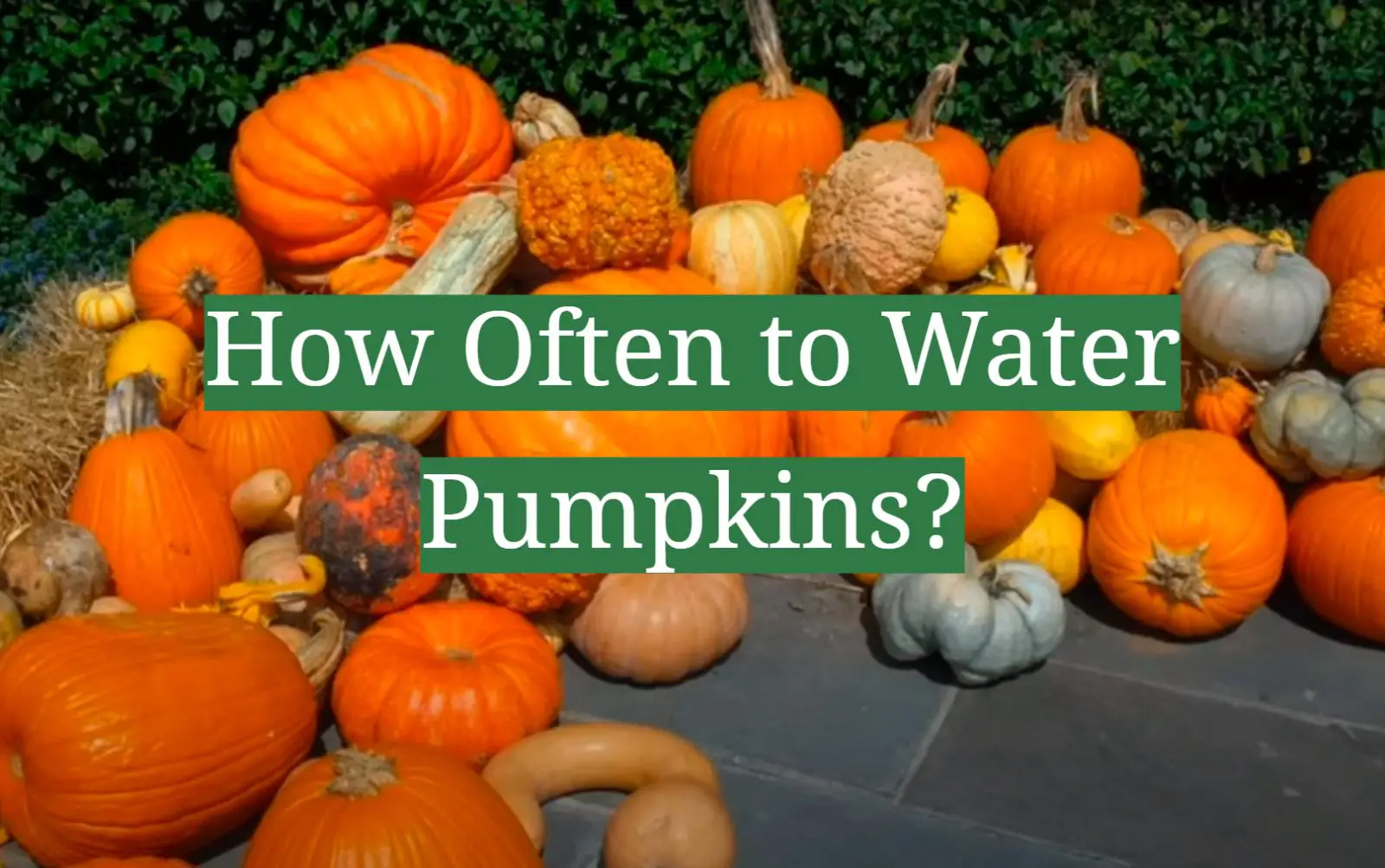




Leave a Reply
View Comments